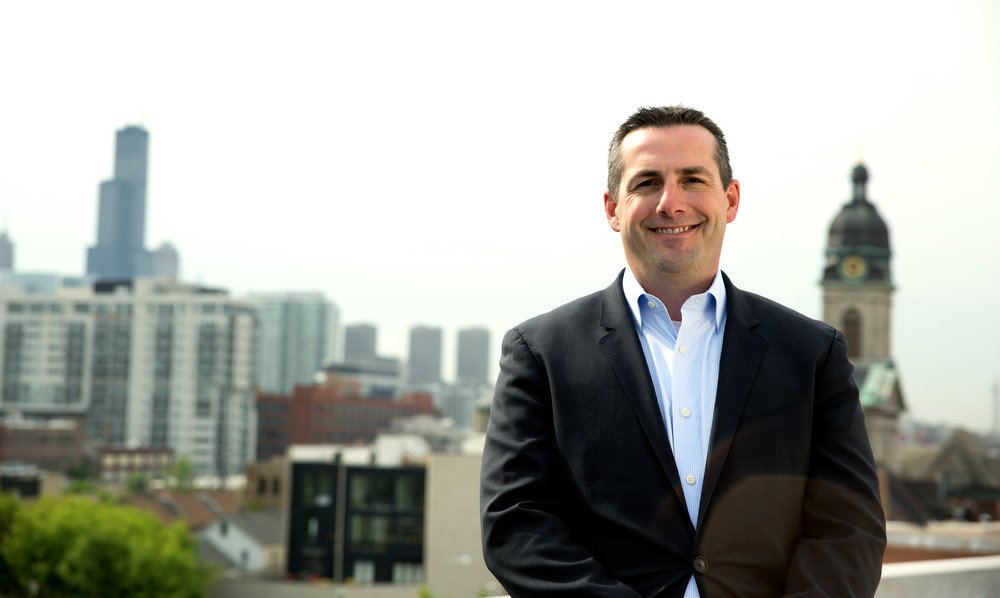People & Leadership
How to stop the brain drain in construction

In the words of singer and songwriter Bob Dylan, “the times they are a changin’” when it comes to today’s workforce. These words especially hold true for long-held beliefs about older workers. As I mentioned in my previous post, people are working longer—and not just because they have to. That’s good news for a construction industry worried about a skilled labor shortage and the brain drain that occurs when employees retire.
According to the latest numbers from the U.S. Bureau of Labor Statistics, one in five workers in the construction industry is age 55+. You can easily see how retaining at least some of these workers could be beneficial to an industry where the employment rate is expected to continue to grow into the 2020s.
Recognizing the value of older workers, The Society of Human Resource Management (SHRM) has launched an initiative to identify best practices for employing an aging workforce. Based on their research, it seems many companies have not yet reset their thinking related to the potential of older workers. Two-fifths of organizations surveyed indicated the increasing age of their workforce has not prompted changes in retention (42%), recruiting (42%), or general policy practices (41%). However, two-fifths of HR professionals that have made changes are currently finding that it is easy or extremely easy to retain older workers and one-fifth to one-quarter feel the same way about recruiting.
So how can you take steps to attract and retain the best workers 50+ and over? Here are a few tips based on information from SHRM:
- Give older workers incentive to stay and accept positions at your company. Older workers want a friendly work environment where they feel valued by co-workers and supervisors. They also want meaningful work, flexible schedules, and opportunities to learn. Creating and promoting this type of workplace is step one. (By the way, this sounds a lot like what millennials want as well.)
- Offer support for retirement planning. Employees don’t always know exactly what it will take to retire and consequently run the risk of retiring too early. Providing retirement planning services will help older workers better understand what they will need financially, encouraging them to stay on until they feel the most secure.
- Consider looking at retirees as a recruiting pool. In SHRM’s 2014 Older Workers survey, 66 percent of responding organizations reported they employ workers who retired from other organizations or careers before joining their company. Top factors influencing their return to work were financial, enjoyment, health care, and social interaction. Don’t discount this group in your recruiting efforts. Also look at your company’s own retirees.
- Use referrals to recruit. Currently, the most popular way to recruit older workers is through networking and employee referrals. This may change as competition for older workers is likely to increase and other recruiting methods are added.
- Tap into and support re-training programs. There will always be displaced workers whose current skills are no longer in high demand. Connect with retraining programs to make sure your company is seen as well suited for talented individuals—old and young—who are reinventing their careers
Of course, some older employees will be ready for retirement sooner than others. In those cases, make sure you have processes and systems in place to transfer their expertise and knowledge to other workers.
Want to take a closer look at how older workers can help you address staffing issues? I was impressed by the templates, tools, and information available on SHRM’s website specifically targeted at helping organizations prepare for and employ an aging workforce. I’d recommend starting there.
For other construction and staffing information, visit our web page.







Ask the author a question or share your advice